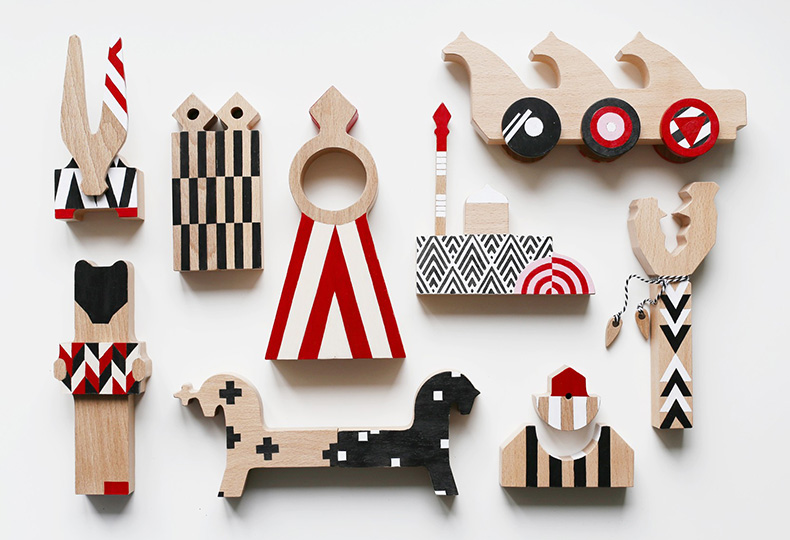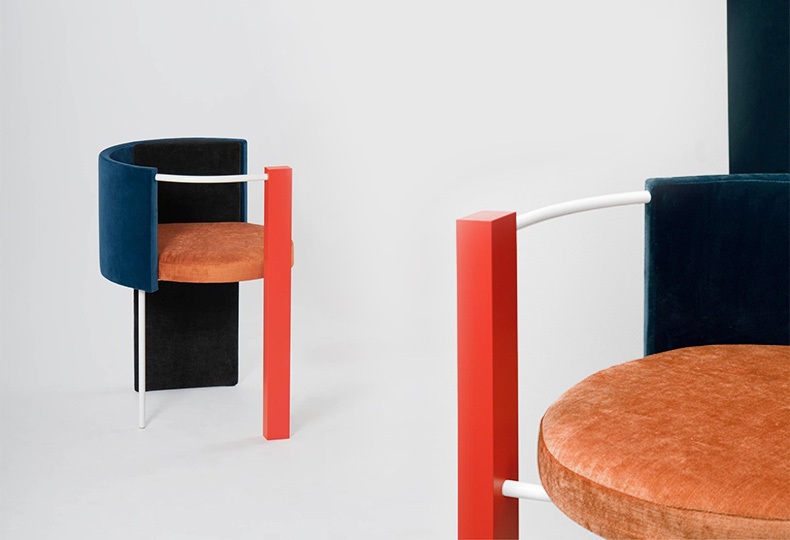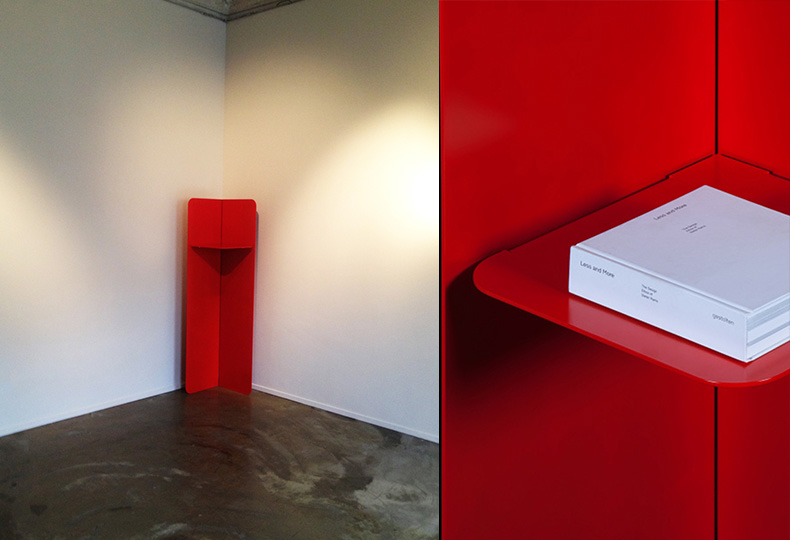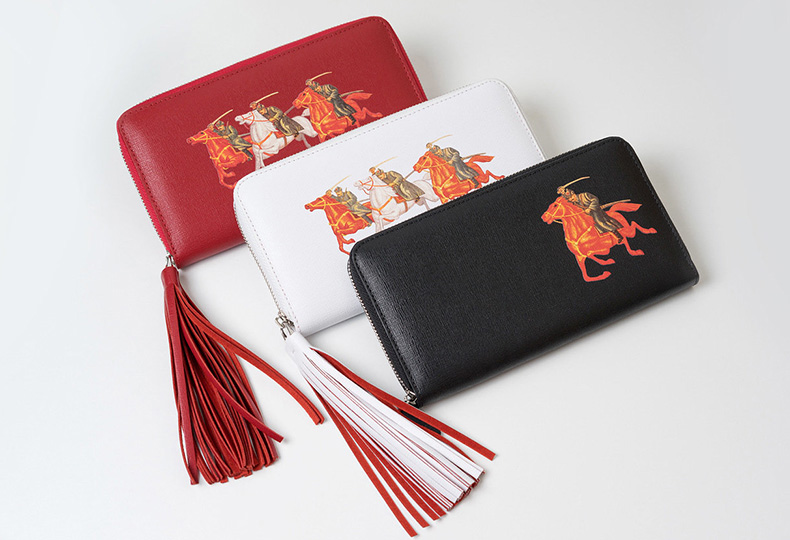
Legacy: Avant-Garde and Modern Design
“The national identity does not exist anymore as independent entity, but enriches the common merged information environment, where the design transforms into constantly perfecting and refining living matter”, Ekaterina Elizarova, the Design Mate’s guest editor in September, believes. Today we are going to consider the Avant-Grade role in the world of modern design.
Avant-Garde and Constructivism as artistic philosophy directly associated with the concept of design are the globally recognized artistic movements. Last year, the exhibitions dedicated to the 100th Anniversary of the Revolution were held at virtually all major European museums. Although, if here, in Russia, the emphasis is usually laid on politics, then in the foreign countries the Revolution is honored in terms of its influence on the art. Then again, the Avant-Garde movement has never been forgotten and abandoned abroad, and moreover, some distinguished figures in architecture setting the standard and benchmark for the whole world have drawn their inspiration from the Avant-Garde philosophy. Zaha Hadid, for example, had always showed a special interest in abstract painting, admired the works by Kazimir Malevich and often used the paintings by the Avant-Garde artists for visual presentation of her ideas. Rem Koolhaas, the Pritzker Prize laureate, once admitted that he had put his mind to the architecture after he had seen the drawings by the Russian architect, the Russian Avant-Garde artist, so-called “Master of Paper Architecture”, Ivan Leonidov.

Early Paintings by Zaha Hadid
The modern Russian designers also actively use the Avant-Garde and Constructivism ideas in their work. The Saint-Petersburg brand 52 factory had started with the organizer and office kit inspired by the Russian Avant-Garde art, and later released the set of wooden children's toys titled “The Red Dolls” decorated with prints adapted from the textile and graphic patterns by the Avant-Garde artists Varvara Stepanova, Lyubov Popova, Alexander Rodchenko, Ilya Chashnik and Kazimir Malevich. One of the brand founders, Sasha Braulov, also has another interesting project, where he embroiders the iconic buildings constructed in the Constructivist style.
The B&W suprematic tables by Екатерины Елизаровой were purposefully designed and released to coincide with the 100th Anniversary of Kazimir Malevich's “Black Square” and were first presented in New York in 2015. The tables are made of marble and wood, while their design represent the energy of deep shadow and bright light merged together.
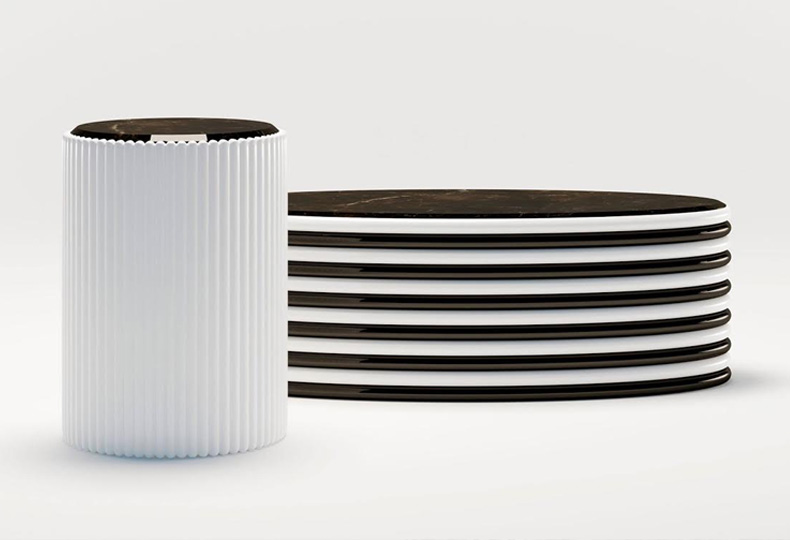
B&W, ekaterina elizarova
Maxim Scherbakov of Supaform has managed to incorporate the Avant-Garde ideas in the design of his Apart Chair. The object was specially created for the SightUnseen Offsite showcase in New York. Scherbakov’s namesake, Maxim Maximov also has been inspired by the Avant-Garde art. His minimalistic furniture items from Asketik collection (including the memorable Red Corner) are distinguished by their unusual geometry and bright colors that represent the essence of the Avant-Garde idea – revolutionary vision of surrounding reality and going beyond the limits of the known.
One of the most recent object design project dedicated to the Avant-Garde art and actively referring to its legacy is the furniture collection by designer Anna Titova. Anna has used the illustrations by Kazimir Malevich, and namely the paintings he created for the opera Victory over the Sun. The idea of the Victory over the Sun was conceived by Malevich and his fellow Avant-Garde artist Velimir Khlebnikov in 1915. Velimir Khlebnikov wrote the prologue, while Malevich has developed the stage costumes for performers. Anna has translated these outfits into chairs, that borrowed not only the appearance of Malevich’s costumes, but also the names of characters. Thus, the collection includes the chairs titled as “The Worker”, “The Enemy”, “The Malevolent”, “The Coward”, “The New Man”, “The Fatty”, “The Bully” and “The Many and the One”.
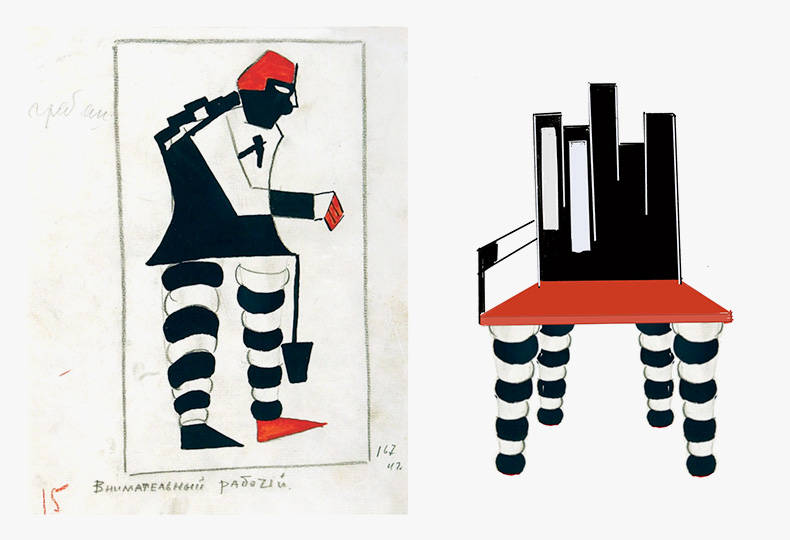
Layout of Malevich-Inspired Chair by Anna Titova
Among the Avant-Garde art-inspired interior design projects, Dr. Zhivago restaurant by the architect Anastasiya Panibratova is worthy of special mention. Avant-Garde is Anastasiya’s beloved artistic movement, and she actively uses its concepts and ideas as part of her projects. Thus, the hall of the Block Restaurant in Saint-Petersburg, another project by Anastasiya, is decorated with paintings of several renown Avant-Garde artists, such as Lentulov, Altman, Goncharova, and even Kandinsky and Malevich.
The entire interior of Dr. Zhivago in Moscow is based on combination of white and red colors and is also decorated with paintings and small sculptures by the early XX century artists: Malevich, Petrov-Vodkin, Deyneka and Samokhvalov. For this restaurant, Anastasia has also designed the special Avant-Garde-styled clutches – the foreigners stopping by to have a quick meal often buy them and bring home as decent souvenir from Moscow.
«Dr. zhivago», anastasia panibratova
White tablecloths, red and white chairs, goblets made of red glass, white walls, red carnations and white roses — the entire interior of the restaurant is based on combination of these two colors and is completed by paintings by the XX century artists: Malevich, Petrov-Vodkin, Deyneka and Samokhvalov; the restaurant also features small copies of Soviet-styled sculptures from Gorky Park. The resulting atmosphere is flavored with songs about the beloved city by Mark Bernes and similarly-themed compositions by other Soviet performers. Although, no verbal narrative or even best pictures cannot actually recapture the live atmosphere of interior designed by Anastasiya Panibratova, which is perceived as easy and solemn at the same time. The restaurant is a perfect place for tourists visiting Moscow, for orderly dinner with strict parents or any other similar special occasion.
Darya Zinovatnaya works at Saint-Petersburg and names the Avant-Garde art along with Memphis among the primary sources of her inspiration. Thus, the family couple apartment design project titled Supremus is a direct reference to the Suprematist artistic movement. The interior is based on combination of basic shapes, such as the circles and the squares, and is supplemented with bright colors being the designer’s key signature. The purple floor is in contrast with ochraceous tabletop, while the kitchen units are constructed from red and yellow blocks like children’s erector set.
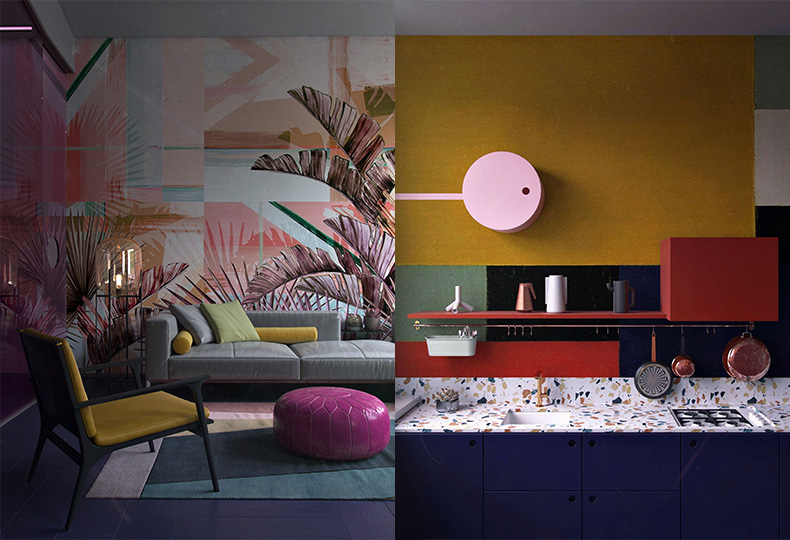
Supremus, darya zinovatnaya
